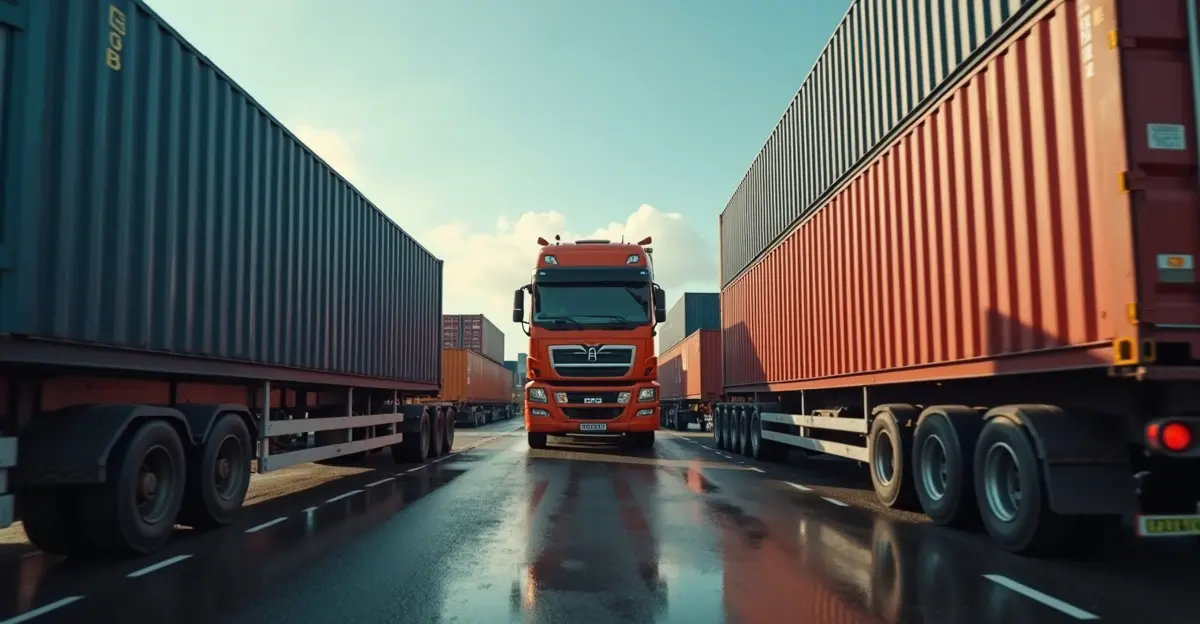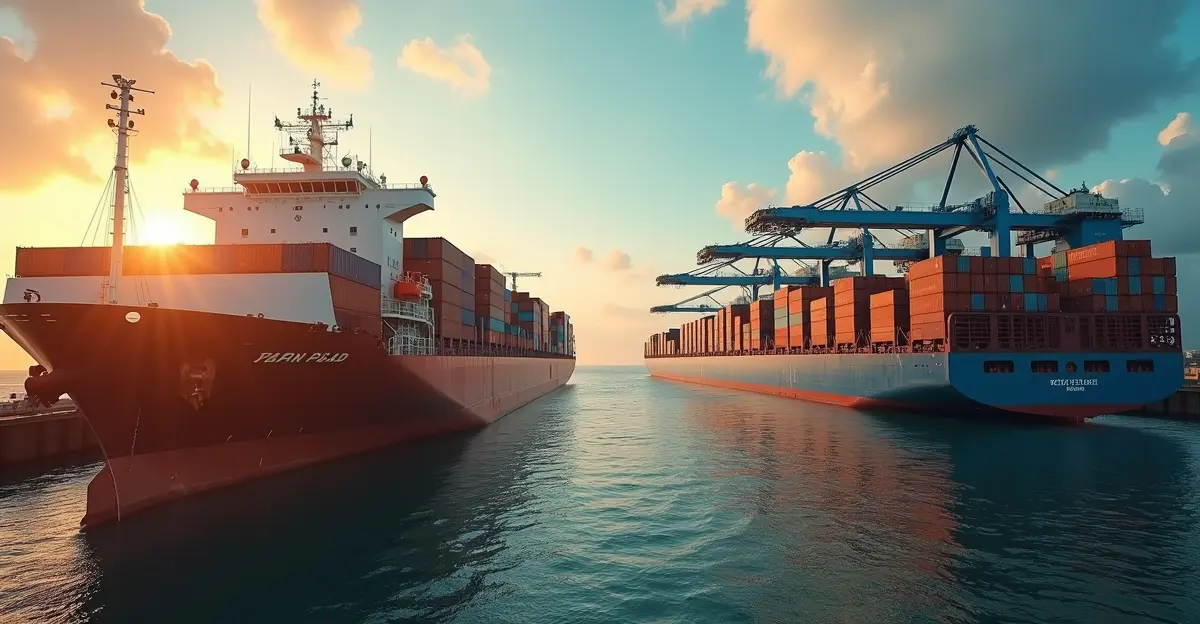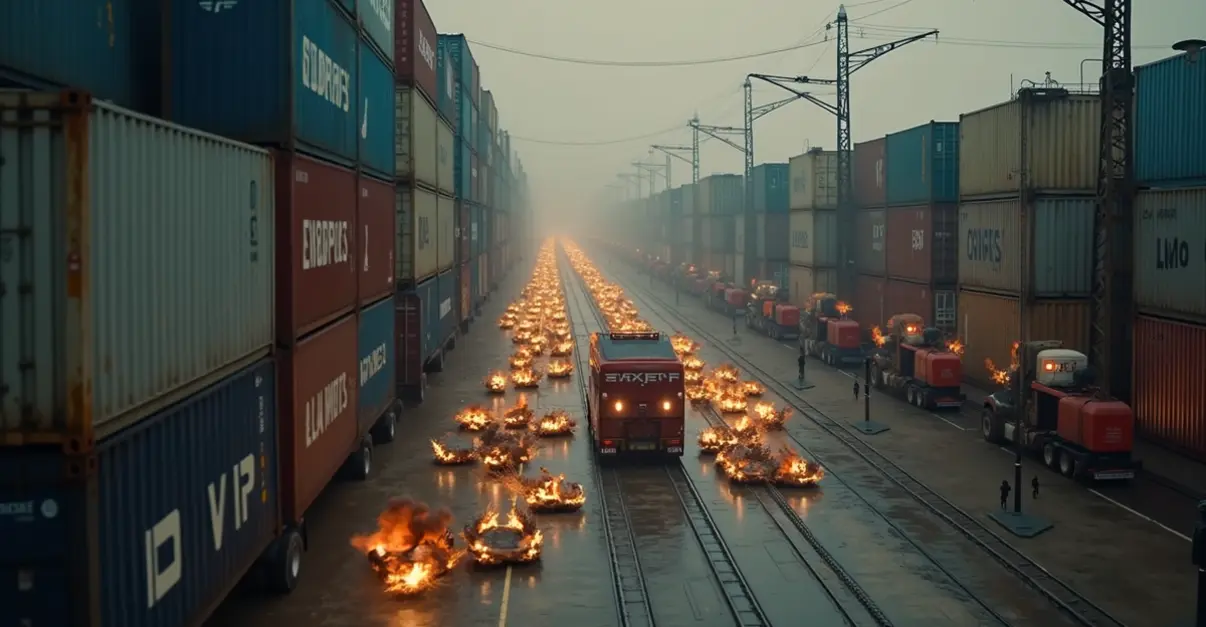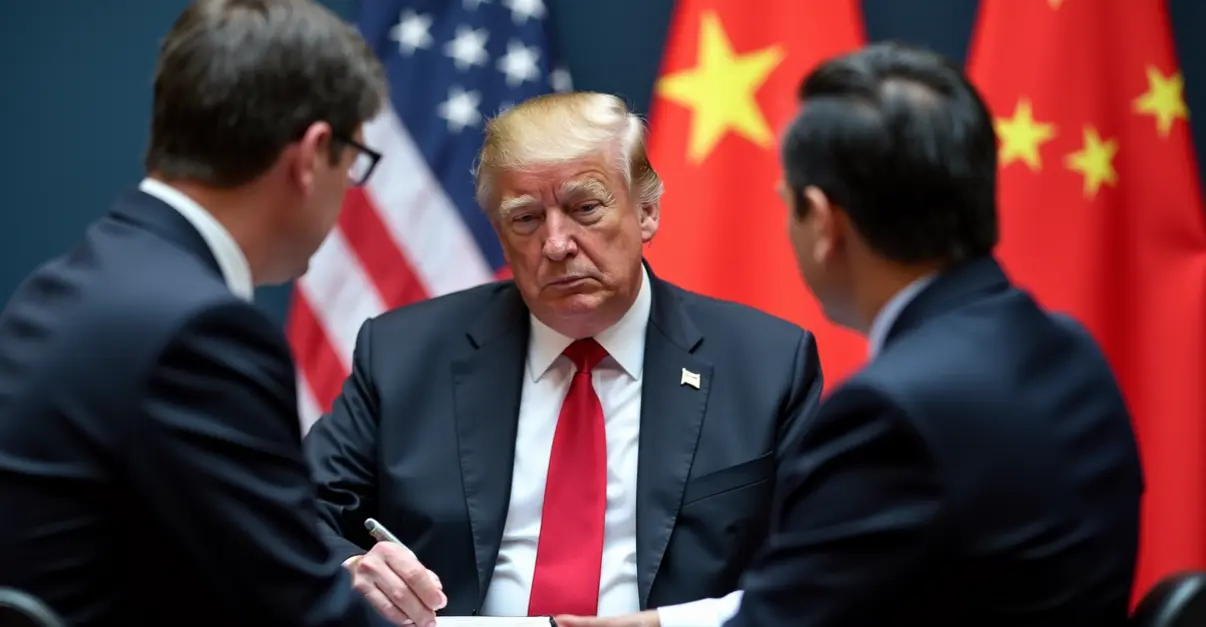2025 trade war escalates with sweeping tariffs reaching highest levels in over a century. Automotive, agriculture and technology sectors face severe disruptions as countries implement retaliatory measures. Global welfare declines estimated at 2% with significant market volatility and supply chain reconfiguration.

Escalating Trade War Reshapes Global Markets
The global economy faces unprecedented turbulence as countries implement sweeping new trade tariffs in 2025, triggering retaliatory measures and diplomatic standoffs. The United States initiated the most significant escalation with President Donald Trump imposing reciprocal tariffs affecting nearly all trading partners, raising average US tariff rates from 2.5% to an estimated 27% - the highest level in over a century.
Sector-Specific Impacts Emerge
The automotive industry has been particularly hard hit, with China experiencing a $678 million annual welfare loss and US automotive industry revenue declining by 8.2% from 2021-2022. 'The trade war has fundamentally disrupted our supply chains and forced us to reconsider our entire manufacturing strategy,' said automotive industry analyst Michael Chen. Vehicle prices have increased by approximately 9% in the US, affecting consumer purchasing power across multiple markets.
Agricultural sectors face their own challenges as trade tensions escalate. Mexico's planned ban on genetically modified corn and ongoing disputes over agricultural machinery access between the EU and US highlight the complex nature of modern trade conflicts. 'Farmers are caught in the crossfire of these political decisions,' noted agricultural economist Sarah Johnson. 'The uncertainty makes long-term planning nearly impossible.'
Technology and Critical Minerals
The conflict extends to technology sectors, particularly in the 5G race and semiconductor manufacturing. China's strict export controls on rare earth materials, which control 70% of global production and over 90% of refining capacity, have created significant challenges for US industries including electric vehicles, clean energy, and defense systems. Effective November 8, 2025, China will regulate five additional rare earth elements and require approval for any overseas products containing over 0.1% Chinese rare earths.
'This represents a fundamental shift in how nations approach strategic resources,' explained trade policy expert Dr. Robert Kim. 'Countries are increasingly using trade policy as a tool of geopolitical leverage.'
Economic Consequences and Market Reactions
According to research from the Centre for Economic Policy Research, the 2025 trade war has led to significant welfare declines - approximately 2% for the US under current conditions and nearly double that amount if full implementation and retaliation scenarios occur. Global welfare losses could reach 2%, affecting economies worldwide.
The stock market has reacted sharply to the escalating tensions, with the Dow falling nearly 900 points following the announcement of new tariff measures. 'Investors are struggling to price in the uncertainty created by these trade policies,' commented financial analyst Maria Rodriguez. 'The volatility we're seeing reflects genuine concerns about long-term economic stability.'
Diplomatic Efforts and Future Outlook
Despite the tensions, diplomatic channels remain open. Negotiations in Geneva and London have resulted in partial tariff rollbacks and limited concessions, though fundamental disagreements persist. The Supreme Court is scheduled to consider the legality of tariffs imposed under the International Emergency Economic Powers Act in November 2025, adding another layer of uncertainty to the situation.
Businesses are adapting by implementing China+1 strategies to diversify supply chains beyond China. This involves securing alternative mineral sources and investing in refining capacity to reduce dependency on Chinese-controlled resources.
As the trade war continues to evolve, economists warn that the long-term consequences could reshape global economic relationships for decades to come. The current situation represents one of the most significant tests of the international trading system since the establishment of the World Trade Organization.

 Nederlands
Nederlands
 English
English
 Deutsch
Deutsch
 Français
Français
 Español
Español
 Português
Português









